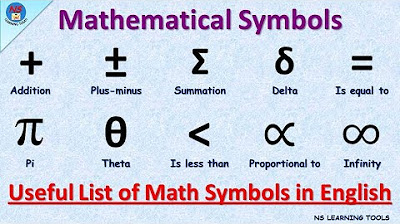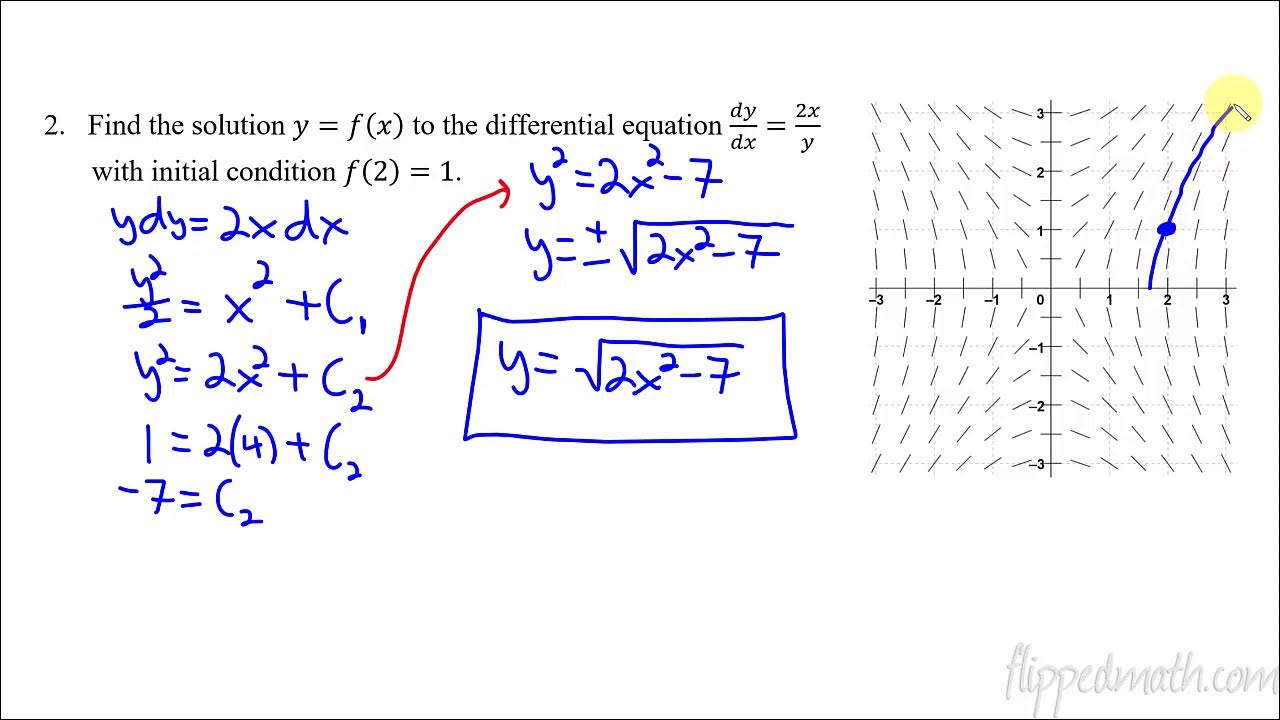How to Read Math
TLDRThis educational video demystifies mathematical equations for beginners, emphasizing that they need not be intimidating. It introduces variables and constants as foundational elements of equations, explaining their roles and how they represent relationships between numbers. The video uses visual aids like graphs to illustrate how variables interact and the significance of constants such as pi. Through examples, including Newton’s law of Universal gravitation, it guides viewers on identifying variables, constants, and performing operations in the correct order. Additionally, it touches on more complex concepts like summation, integration, and differentiation, aiming to reduce anxiety around unfamiliar symbols and operations. The content is supported by resources like a cheat sheet and encourages further exploration through Brilliant.org, promoting active problem-solving as a method to grasp mathematical concepts.
Takeaways
- 👨🎓 Mathematical equations describe relationships between variables, commonly in the form of something equals something else.
- 📈 Variables in equations are stand-ins for numbers, and their values are interconnected by the equation itself.
- 📊 Graphs are useful for visualizing equations, with each variable represented on an axis and the relationship shown as a line or curve.
- 🔬 Equations can have multiple variables, but often, to simplify, we focus on two at a time while keeping others constant.
- ⚫ Constants are fixed numbers in equations, distinct from variables, and are critical to understanding the equation's application.
- 📚 Understanding equations in science involves knowing which letters are variables and constants, and what they represent.
- 🔨 Order of operations is crucial when solving equations to ensure accurate results, following specific mathematical rules.
- 📖 Greek letters and other notations in equations are used just like normal letters for representing constants or variables.
- ✏️ A sum operation indicates adding a sequence of numbers, while integrals and differentiation involve calculus concepts like areas under curves and slopes.
- 📝 Following a structured approach—identifying variables and constants, understanding operations, and knowing the order of operations—can demystify mathematical equations.
Q & A
What is the purpose of variables in a mathematical equation?
-Variables in a mathematical equation act as stand-ins for numbers, representing quantities that can change or vary within the equation.
How can one visualize the relationship between variables in an equation?
-One can visualize the relationship between variables by graphing the equation, where each variable gets an axis, and the graph shows the allowed pairs of values for those variables.
What are constants in mathematical equations, and how can you identify them?
-Constants are single numbers written with letters that look like variables but represent fixed values, such as pi. Identifying constants relies on the context provided by the person writing the equation.
What is Newton's law of Universal gravitation and what does it describe?
-Newton's law of Universal gravitation describes the force of gravity between two masses. It involves variables for the masses (m1 and m2), the distance between them (r), and a constant (G), the gravitational constant.
How do you determine the order of operations in solving mathematical equations?
-The order of operations involves performing multiplication and division first (when they involve just two numbers), then addition and subtraction, with any operations within brackets taking precedence.
Why do equations sometimes use Greek letters, and how should one approach them?
-Greek letters are used in equations as symbols for variables or constants, similarly to normal letters. They should be approached with the understanding that they represent quantities just like any other variable or constant.
What is the significance of subscripts in mathematical equations?
-Subscripts are used as labels to identify different constants or variables within equations, helping to distinguish between multiple quantities of the same type.
What are some common mathematical operations beyond addition, subtraction, multiplication, and division?
-Beyond basic operations, common mathematical operations include summation (represented by a Greek epsilon), integration (finding the area under a curve), and differentiation (calculating the gradient of a line).
How does one approach calculus operations like integration and differentiation in equations?
-Integration involves finding the area under a curve, and differentiation involves finding the slope or gradient of a curve. These operations require understanding of limits and how functions change.
What resources are recommended for further learning and understanding of mathematical equations?
-The script recommends Brilliant.org for active problem-solving and learning through puzzles, offering introductions to various mathematical concepts in a visual and intuitive manner.
Outlines
🧮 Demystifying Mathematical Equations
This section introduces readers to the basics of understanding mathematical equations, emphasizing that they should not be intimidating. It explains the concept of variables as placeholders for numbers and how equations describe relationships between these variables. The text highlights the importance of graphing to visualize equations, distinguishing between constants and variables, and understanding the structure and order of operations within equations. Key examples include simple algebraic equations and Newton's law of Universal gravitation, offering insight into how equations are used in practice and the significance of mathematical notation, such as Greek letters and subscripts.
📚 Advanced Mathematical Operations: An Introduction
The second paragraph explores more complex mathematical operations, focusing on calculus components such as summation, integration, and differentiation. It aims to demystify these operations by explaining their meanings and applications, like finding the area under a curve or determining the gradient of a line. The section also reassures readers about encountering infinity in calculations and serves as a gentle introduction to calculus, urging viewers not to be overwhelmed by these concepts. Additionally, it mentions the availability of a cheat sheet for further learning and promotes Brilliant.org as a resource for engaging with mathematics through problem-solving.
Mindmap
Keywords
💡Variables
💡Constants
💡Graphs
💡Equations
💡Operations
💡Integration
💡Differentiation
💡Greek Letters
💡Subscripts
💡Newton’s Law of Universal Gravitation
Highlights
Mathematical equations can be intimidating but are learnable without much algebra.
Variables in equations are placeholders for numbers, influencing other values.
Visualizing equations with graphs helps understand the relationship between variables.
Equations with multiple variables may require focusing on just two for simplicity.
Constants in equations are single numbers, distinct from variables.
Understanding whether symbols are constants or variables depends on context.
Using equations involves identifying variables and constants, then solving for the unknown.
Newton's law of universal gravitation example illustrates how to interpret equations.
Order of operations is crucial in solving equations correctly.
Equations often include Greek letters and other notations as variables or constants.
Summation and integration are operations for adding sequences or finding areas under curves.
Differentiation determines the gradient or steepness of a line.
The basics of reading equations include identifying variables, operations, and solving order.
A cheat sheet for Greek letters and mathematical operations can aid in understanding.
Learning through problem-solving on platforms like Brilliant.org can enhance mathematical intuition.
Transcripts
Browse More Related Video

List of Mathematical Symbols in English | Math Symbols Vocabulary | 65 Mathematics Symbols

Introduction to Algebra: Using Variables

Lesson 1 - Real Numbers And Their Graphs (Algebra 1 Tutor)

Calculus AB/BC – 7.7 Particular Solutions using Initial Conditions and Separation of Variables

Ultrasound Physics with Sononerds Unit 1

Algebra - How To Solve Equations Quickly!
5.0 / 5 (0 votes)
Thanks for rating: